Summary
- 1 Defining consciousness
- 2 Theories of mind
- 3 Neural correlates
- 4 Self-awareness
- 5 Conscious Vs. Unconscious
- 6 Altered States
- 7 Philosophical perspectives
- 8 Evolution of Consciousness
- 9 Artificial Intelligence and Consciousness
- 10 Future Research Directions
- 11 Frequently asked questions
- 11.1 How does consciousness influence decision-making processes?
- 11.2 Can animals experience the same kind of consciousness as humans?
- 11.3 What is the role of memory in the formation of consciousness?
- 11.4 How do cultural differences affect the perception of consciousness?
- 11.5 Are there any known medical conditions that permanently alter consciousness?
You are about to plunge into the complex and fascinating world of the human consciousness. It is the state of being aware of one's thoughts, surroundings and existence itself. For example, recognizing oneself in the mirror is a sign of self-awareness. Scientists study the brain regions such as the thalamus and cortex to understand how they create conscious experiences. Theories such as Dualism and Materialism offer different views of how the mind works. We also contrast conscious actions, such as deciding to exercise, with automatic actions, such as breathing. As we delve deeper, we will discover how consciousness evolves, its philosophical puzzles, and even whether Artificial Intelligence can catch up with it someday.
Defining consciousness
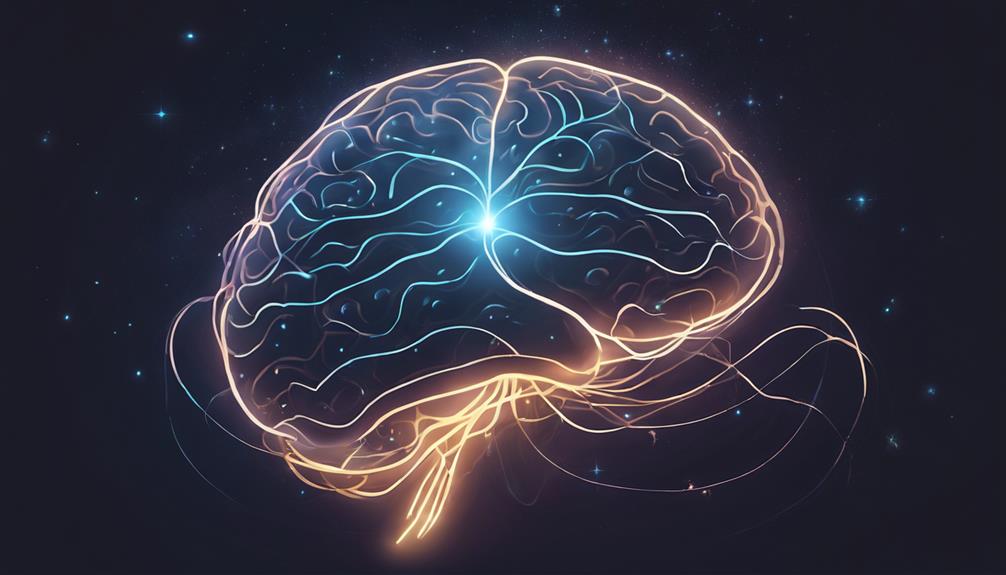
Understanding consciousness begins by defining it as the state of being aware and able to reflect on their own existence, thoughts and surroundings. Imagine wake up in the morning And know instantly that you are yourself. Recognize your room, remember your plans for the day and feel your thoughts run. This is consciousness in action.
Consciousness means that you are not just reacting to the world automatically, as a robot might do. Instead, you are aware of what is happening. When smell the scent of freshly brewed coffee, you not only recognize the smell but also connect it to your memories and feelings. You might think, 'That smells nice,' or 'I need that to wake me up,' showing that you are conscious.
It's like having a lighthouse in your mind, which illuminates different things -- your feelings, your environment, your thoughts -- making you aware of them. This awareness helps you make decisions, solve problems and interact with others. Without consciousness, you would be like a computer Running programs without understanding them.
Theories of mind
After understanding what consciousness is, let us explore the fascinating theories that try to explain how our minds actually work. One popular theory is the theory of Dualism, which suggests that your mind and body are separate entities. Imagine controlling a robot; your mind is like the controller and your body is the robot. Another theory is the Materialism, which argues that everything about the mind can be explained by physical processes in the brain. Think of it as a computer, where your thoughts and feelings are the software running on the brain hardware.
Functionalism, on the other hand, compares the mind to a function or set of operations. It is like how a clock works: different parts (gears, hands) work together to mark time, similarly, different mental processes work together to create consciousness. Then there is the Panpsychism, a more unusual theory suggesting that consciousness might be a part fundamental of the universe, just like space and time. This means that even basic particles could have small parts of consciousness.
Each theory offers a unique view through which to look at our complex minds, helping you understand the deep mystery Of human consciousness.
Neural correlates
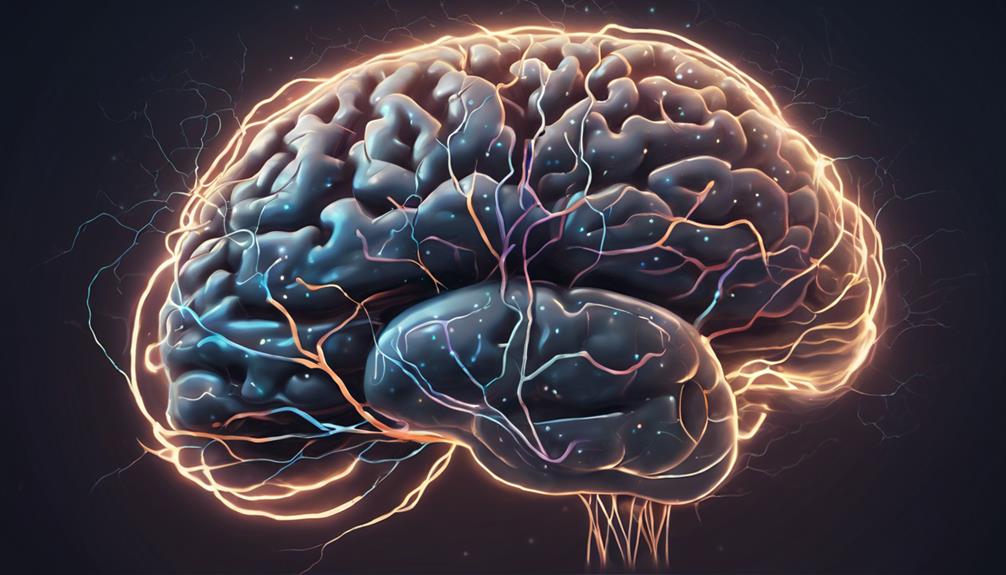
When you think about what makes you conscious, it is fascinating to realize that specific regions and networks in your brain switch on and work together. These regions are called neural correlates of consciousness (NCCs). Imagine you are watching your favorite movie. As you do so, various parts of your brain are processing the images, sounds and emotions, all contributing to your conscious experience.
A key player is the thalamus, which acts as a relay station, sending information sensory at bark. The cortex, particularly areas such as the prefrontal cortex, is essential for complex thoughts and decision making. Then there is the temporal lobe, which helps you recognize faces and sounds. These areas do not work alone; they are part of a larger network that includes the default mode network, active when you are daydreaming o reflecting on yourself.
Think of these brain regions as team players in a basketball game. Alone, they can do a few things, but together they create the dynamic experience of consciousness. So the next time you are daydreaming or solving a puzzle, remember: it is the complex teamwork Of your brain that makes everything happen.
Self-awareness
When you look in the mirror and recognize your reflection, you are experiencing the self-knowledge. This capacity is related to theemotional intelligence, helping you to better understand and manage your feelings. As you grow, different stages of cognitive development shape how self-aware you become, starting from simple recognition to more complex self-understanding.
Meaning of the Mirror Test
The mirror test is a fascinating way to examine whether an animal or human being can recognize itself, showing a level of self-awareness. Imagine looking in the mirror and realizing that the reflection is you. This moment of recognition is what the mirror test aims to capture. Animals and even young children are often tested in this way. A spot of color is placed on their forehead and they are shown a mirror. If they touch the spot on their forehead instead of the mirror, it indicates self-recognition.
Here is a simple table to illustrate some of the results of the mirror test:
| Animal | Success in the Mirror Test | Notes |
|---|---|---|
| Chimpanzee | Yes | They tend to touch the marked point |
| Dolphins | Yes | They use mirrors to inspect the signs |
| Dogs | No | They usually do not recognize |
What is really intriguing is how this test can highlight differences in self-awareness among species. For example, chimpanzees and dolphins often pass the test, showing that they understand that the reflex is themselves. On the other hand, dogs usually fail the test, suggesting that they do not connect the reflex with their own bodies. This test gives us a lot of information about the cognitive abilities of different animals and even humans at various stages of development.
Role of Emotional Intelligence
Self-awareness is a key component of emotional intelligence, helping you understand your emotions and how they affect your thoughts and behaviors. Imagine feeling stressed about an upcoming presentation. Self-awareness allows you to recognize this stress and understand that it might be making you more irritable or distracted. When you know what is going on inside you, you can take steps to manage those feelings, perhaps through deep breathing or by planning your presentation more carefully.
Understanding your emotions is not only about recognizing negative feelings, but also about knowing what makes you happy, excited, or motivated. For example, if you realize that you feel energetic after a workout, you might decide to incorporate more physical activity into your routine to improve your mood.
Self-awareness also helps you understand how your emotions affect others. If you realize that your frustration after a long day at work leads you to be grumpy with your family, you can take steps to prevent this from happening, such as taking a few minutes to relax before interacting with them.
Stages of cognitive development
Have you ever wondered how the self-knowledge growing up? It is a fascinating journey that begins in thechildhood. Think of a child looking in the mirror. At first they might think they are seeing another child. But around 18 months, something magical happens - they begin to understand that the reflection is actually their. This is the first spark of self-awareness.
As you move into childhood, your sense of self continues to evolve. Begin to recognize your thoughts and feelings. For example, if you are sad because you dropped your ice cream, you know it is your emotion. This growing awareness helps you to better manage your emotions And to connect with others.
The teenage years bring another shade of complexity. You become more self-aware, often asking how others see you. This can be difficult but is vital to developing a Deeper understanding of yourself.
Finally, as adults, self-awareness becomes more refined. You not only recognize your emotions but also understand why you feel a certain way. This helps you make better decisions and building stronger relationships.
Understanding these stages can help you understand how your sense of self has grown and continues to evolve.
Conscious Vs. Unconscious
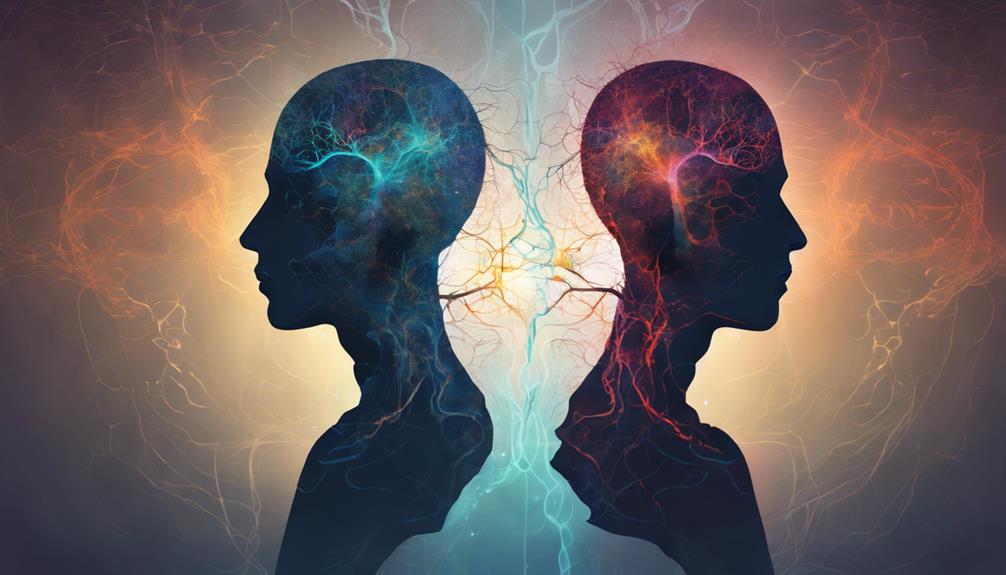
Have you ever wondered how you drive a car while fantasizing or why you jump at a loud noise without thinking about it? These moments highlight the difference between conscious awareness and automatic, unconscious actions. Understanding how your brain handles both can help you understand why you respond the way you do in different situations.
Awareness and perception
While you are awake and aware, your conscious mind is actively processing everything around you, but there is also a hidden layer of unconscious processes that influence your thoughts and actions. Imagine you are walking along a busy street. You see people, cars and buildings. Your conscious mind notices the red light and stops you from crossing. But, without you realizing it, your unconscious mind is also at work. It might make you feel uneasy because someone is walking too close behind you or make you remember a familiar scent from a nearby bakery.
These unconscious processes are like background apps on your phone. You don't see them, but they are running, making sure everything is working properly. Your unconscious mind handles tasks such as breathing, maintaining balance while walking, and even some emotional responses, without you having to think about them.
Awareness and perception are a dance between conscious and unconscious. Your conscious mind is like a spotlight, focused on specific details, while your unconscious mind is the crew behind the scenes, managing everything that happens behind the scenes. Together, they create a seamless experience, allowing you to navigate and interact with the world efficiently, even if you are not always aware of all the details.
Automatic Actions Vs. Deliberate
Imagine that you are driving along a familiar route home and suddenly you notice that you don't remember the last few turns you made. This happens because your brain goes into automatic mode for tasks you do often. These automatic actions do not require your active attention, freeing up mental space for other thoughts.
Counter this with deliberate actions, such as learning to drive. You must focus on every detail: adjusting mirrors, checking blind spots, and remembering traffic rules. Your conscious mind is fully involved.
Here is a brief summary of how automatic and deliberate actions differ:
- Automatic actions: Routine tasks such as brushing teeth or walking.
- Deliberate actions: New or complex tasks that require concentration, such as solving a math problem.
- Advantages of automatic actions: They save mental energy and enable multitasking.
- Risks of automatic actions: You may miss important details or make mistakes.
Understanding these differences helps you understand how your mind works. When tasks become automatic, you can do them without thinking, but deliberate actions require your full attention. Balancing both is key to effectively managing your day and staying aware of your surroundings.
Altered States
During your lifetime, you are likely to have experienced the following. altered states of consciousness, whether through dreams, meditation or even daydreaming. These states can change the way you perceive the world and yourself. When you dream, your mind creates vivid scenarios that seem real but are not bound by the laws of reality. Meditation, on the other hand, can bring a feeling of calm and heightened awareness, helping you to focus inward and disconnect yourself from the chaos around you.
Daydreaming is another common altered state. It happens when your mind drifts away from the present moment, allowing you to imagine different scenarios or relive memories. These altered states show that consciousness is not a fixed experience but can change and transform.
Other examples include being under the influence of substances such as alcohol or drugs, which can alter perception, mood and mental processes. Also extreme physical exertion o sensory deprivation can lead to altered states, giving you a different experience of your mind and body.
Understanding these states helps you see thefull range of human consciousness. By recognizing and deepening them, you gain perspectives on how flexible and dynamic your mind really is.
Philosophical perspectives
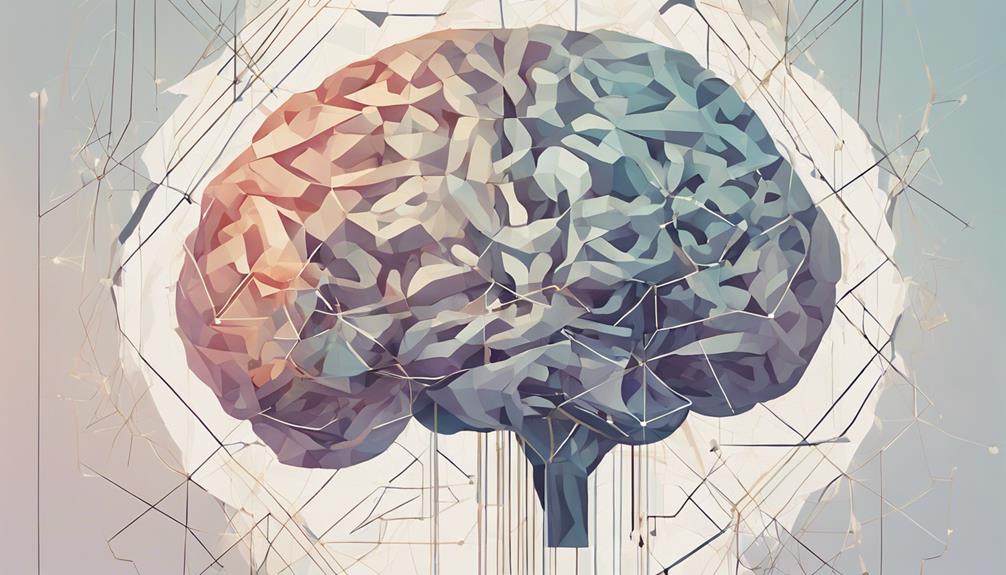
When you reflect on consciousness, you cannot overlook the big questions that philosophers ask. For example, how does your mind relate to your body, and what is it like to experience the color red? These ideas, known as the Mind-Body Problem e Qualia, challenge us to think about how subjective experiences fit into our understanding of reality.
Mind-Body Problem
Delving into the mind-body problem, you will investigate how philosophers approach understanding the relationship between our mental experiences and our physical bodies. This dilemma asks whether our thoughts, feelings and consciousness are purely physical processes or whether there is something more.
Imagine you are thinking about your favorite song. Is the joy you feel just a series of neurons firing in your brain, or is there something non-physical going on? Philosophers have different perspectives on this:
- Dualism: Thinkers such as Descartes maintain that the mind and the body are separate entities. While your body is physical, your mind is a nonphysical substance.
- Physicalism: This view holds that everything about the mind can be explained by physical processes. Your joy in song is only brain activity.
- Idealism: Some philosophers believe that there is only the mind. The physical world, including your body, is only a projection of the mind.
- Functionalism: Here, what matters is not substance but function. Your thoughts and feelings are defined by what they do, not what they are made of.
Qualia and subjectivity
Have you ever wondered why the color red looks and feels a certain way for you, but you can't be sure it feels the same way for someone else? This is what philosophers call 'qualia' - the individual instances of subjective, conscious experience. Qualia are the fundamental building blocks of your perceptions, like the bitterness of coffee or the warmth of a sunbeam. They are deeply personal and unique to you.
To better understand this concept, let us break it down:
| Sensation | Your Experience | Someone Else's Experience |
|---|---|---|
| Color Red | Bright, Warm | Maybe Dark, Intense |
| Bitterness of Coffee | Sharp, Unpleasant | Soft, Pleasant |
| Warmth of the Sunbeam | Reassuring, Sweet | Oppressive, Hot |
| Sound of Rain | Relaxing, Melodic | Annoying, Distracting |
| Smell of Fresh Bread | Inviting, Nostalgic | Neutral, Insignificant |
These differences show how subjective experiences can be. Since we cannot enter the minds of others, we will never fully know if what we perceive is the same. Philosophers debate whether qualia can be measured scientifically or whether they remain mysterious and private parts of our consciousness.
Understanding qualia helps you appreciate how unique everyone's inner world is. It highlights the beauty and complexity of the human experience, making consciousness an endlessly fascinating subject.
Evolution of Consciousness
For millions of years, human consciousness has evolved gradually, shaping our ability to think, feel and connect with the world around us. Imagine primitive humans learning to use tools, developing language and forming complex social bonds. These milestones did not happen overnight, but were critical steps in the evolution of consciousness.
By understanding the path of our cognitive development, you can appreciate how our minds have become so advanced. This is how consciousness has evolved:
- Use of Tools: Early humans learned to make and use tools, which required problem solving and planning.
- Language Development: The ability to communicate complex ideas allowed us to share knowledge and collaborate.
- Social Facilities: The formation of tribes and societies enabled a collective consciousness, in which shared beliefs and cultures emerged.
- Self-awareness: Recognizing oneself in the mirror, understanding one's thoughts and emotions, marked a leap in cognitive complexity.
Think of how an infant grows, slowly developing awareness and understanding. Our species has done something similar over time. This journey of the evolution of consciousness is what makes us distinctively human, capable of deep thoughts, emotions and connections with others. And it continues to shape the way we interact with the world today.
Artificial Intelligence and Consciousness
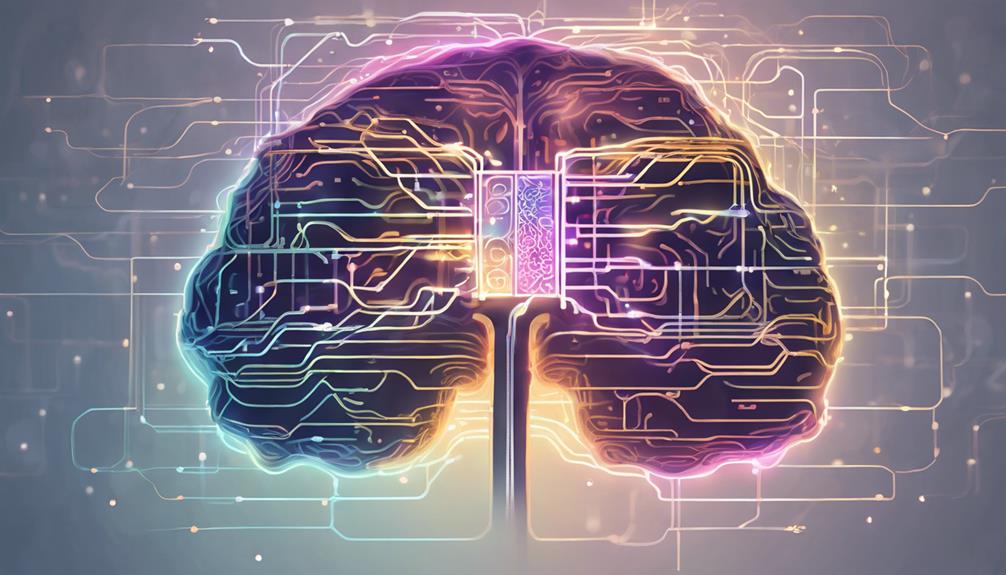
You might wonder if machines could ever think and feel emotions the way humans do. It's a fascinating question that has intrigued scientists and philosophers alike. Artificial intelligence (AI) has made incredible progress in recent years, but can it ever develop consciousness?
Think of your smartphone. It can answer questions, suggest songs, and even recognize your face. It's smart, but it doesn't know it's smart. The AI operates based on algorithms and data. It can imitate human behavior to a certain extent, but has no feelings or self-awareness.
Imagine teaching a robot to play chess. It can learn the rules, strategies, and even defeat human champions. However, the robot is not aware that it is playing chess; it is simply processing input and output. Consciousness goes beyond simply process information. Includes subjective experiences - Something that the AI currently lacks.
Some argue that with advanced programming and neural networks, AI may one day achieve a form of consciousness. But for now, the machines cannot feel emotions or understand the world as human beings do. They are tools that can Perform tasks efficiently, but they do not really know or feel anything.
Future Research Directions
One promising area for future research is investigating how awareness emerges from neural networks in the human brain. Imagine how fascinating it would be to decipher the electrical signals of the brain and understand what patterns correspond to conscious thoughts! This could help us understand how our minds work and why we perceive the world the way we do.
Here are some exciting directions that future research could take:
- Brain-Computer Interfaces: Developing technologies that enable direct communication between the brain and external devices could provide us with deeper insights into how thoughts are formed and evolve.
- Neuroimaging Techniques: Advancing methods such as fMRI and PET to observe brain activity in real time and in greater detail.
- Artificial Awareness: Creating artificial intelligence systems that mimic human consciousness could reveal the fundamental principles underlying our own conscious experiences.
- Interdisciplinary Approaches: Combining neuroscience, psychology and computer science to build extended models of consciousness.
Exploring these areas could transform our understanding of the mind. You would get a clearer picture of how the complex network of neurons in your brain gives rise to your unique experiences and thoughts. With each step forward, we are putting together the complicated puzzle that is human consciousness.
Frequently asked questions
How does consciousness influence decision-making processes?
Your consciousness influences decision making by helping you evaluate options, consider past experiences and predict outcomes. It is like an internal guide that uses your thoughts, feelings and memories to direct you toward the best choice.
Can animals experience the same kind of consciousness as humans?
You might wonder if animals have consciousness similar to human consciousness. Animals show signs of awareness and emotions, but their consciousness seems simpler. For example, your dog knows when you are sad, but does not reflect on the meaning of life.
What is the role of memory in the formation of consciousness?
Memory is the key to forming consciousness. Imagine trying to solve a puzzle without remembering the pieces. Your past experiences help shape your awareness and decisions, making you the conscious being you are today.
How do cultural differences affect the perception of consciousness?
Cultural differences shape the way consciousness is perceived by influencing beliefs, values and experiences. For example, Western cultures might prioritize individualism, while Eastern cultures emphasize interconnectedness, influencing how conscious awareness is understood and experienced.
Are there any known medical conditions that permanently alter consciousness?
Yes, there are. Alzheimer's disease and traumatic brain injury can permanently alter consciousness. Imagine someone with Alzheimer's; they may have difficulty with memory and awareness, changing the way they experience the world around them.
